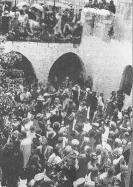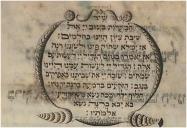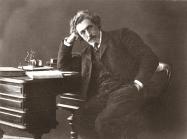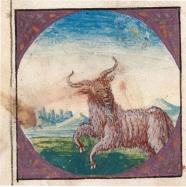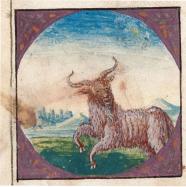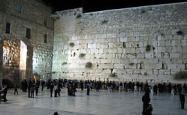(436 results found)
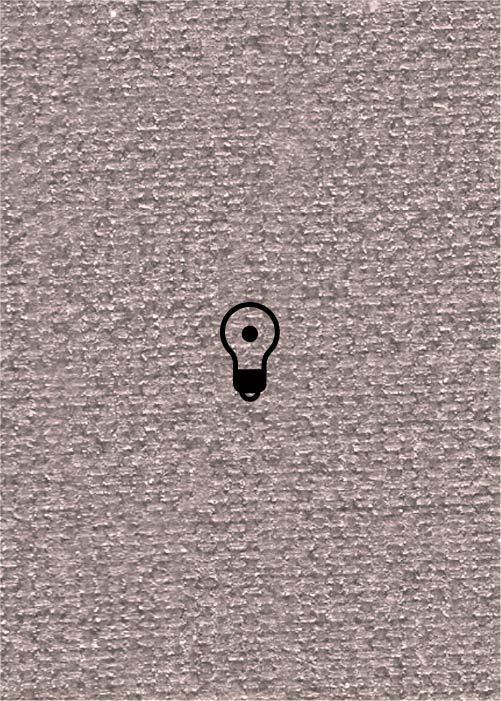
Dobranotsh (LKT)
… the Rumpel (from a German word meaning tumult) and is marked by specific entertainments... At the close of the …
Likhvod Hatanna Haelokai (In Honor of the Holy Tanna)
… with Torah scrolls. These are all part of the Hillula (the marking of the anniversary of a deceased saintly figure) of …
Chasidic in America
… , New York University Press , 2009, pp. 35- 39. Slobin, Mark. Chosen Voices: The Story of the American Cantorate . …
Shir hama’alot - The umbilical cord between liturgical and domestic soundspheres in Ashkenazi culture
… Lekha dodi, certain psalms from the Hallel, Adon olam, Mevarkhim ha h odesh, etc. These 'temporal' melodies were later … services. Therefore the survival of these melodies as a marker of liturgical time remained alive through their …
In Zaltsikn Yam - A Yiddish Workers' Song
… Vol. 9: the folk song of the East European Jews . Newark: Ktav Publishing House. Roskies, David. 2002. …
Had Gadya in Israeli Culture
… ,’ ‘ La petite fourmi qui allait à Jérusalem’ ) bear remarkable resemblances to H ad Gadya. German, French, and … but also transforms the music by Branduardi to create a dark and angry H ad Gadya. The main musical parameter to …
Had Gadya
… ,’ ‘ La petite fourmi qui allait à Jérusalem’ ) bear remarkable resemblances to H ad Gadya. German, French, and …

Shir HaKavod
… alphabet. It is customary to recite the Piyyut when the ark holding the Torah scroll is opened. In his book Shnei …

Anim Zemirot
… alphabet. It is customary to recite the Piyyut when the ark is opened. In his book Shnei Luchos ha-Bris (also known …
Arvit
… h begins by inviting the congregants to prayer with the Barkhu blessing. This is followed by the recitation of the … of turmoil and stress. Following this, the cantor chants “Barkhu et hashem hamevorakh,” to which the congregation, followed by the cantor, reply, “Barkhu et hashem hamevorakh le'olam va'ed.” According to …

